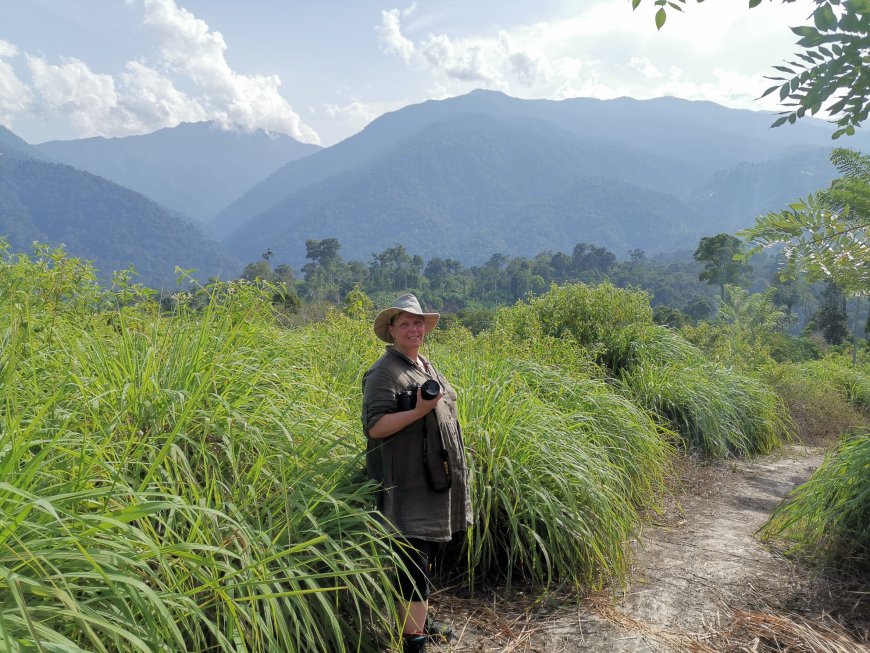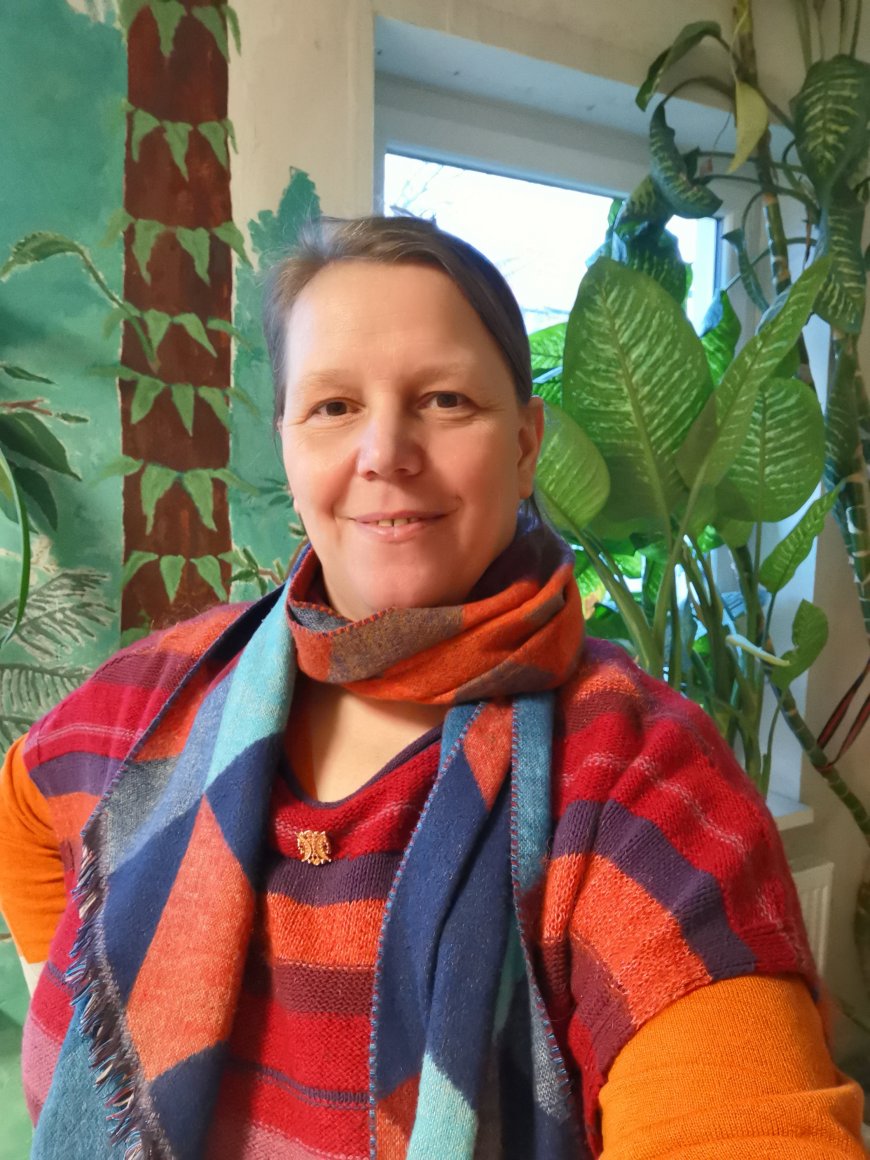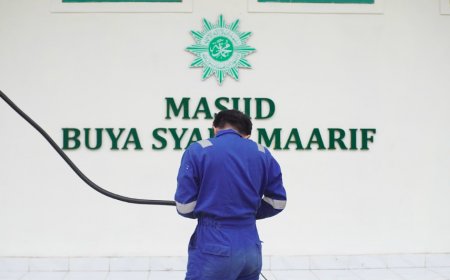Bettina Grallert in love with the Sumatran Forest
In 1994, Bettina founded a tropical forest museum in Leipzig, Germany.

MOSAIC-INDONESIA.COM, JAKARTA -- The beauty of Sumatran tropical forests have been a legend. The diverse plants and animals make many researchers from all over the world come to this island, including Bettina Grallert. Bettina's love is evident when the German researcher and her friends build a museum to introduce the tropical rainforest in Leipzig, Germany. Through the Phyllodrom Museum, Bettina wanted the German public to know and realize the importance of tropical forests in various regions, including Sumatra.
Since the 80s, Bettina already had the idea of building a tropical museum. Bettina rates tropical forests as very special when viewed from the diverse types of animals and plants. According to him, life in the forest could not be compared with the forests that existed in Germany. “We created a museum here so that people understand that this is beautiful and that's the idea because of the connection with climate change and that's all in the world at that time,” she said, not long ago.
In 1994, Bettina founded a tropical forest museum in Leipzig, Germany, called the Phyllodrom Museum. Its name is taken from Latin and Greek means House of Leaves. Bettina founded the museum with no house let alone a building. He then 'sold' the idea to some of his colleagues. They also try to make Bettina's dream come true.

The construction of the Phyllodrom Museum was later completed in 2000. With the support of the local authorities, Bettina and her friends were able to build a tropical forest museum for the citizens of Leipzig. The purpose of the museum being dedicated to education made Bettina choose a social scheme for the management. Most of the museum's workers even come from volunteers. “If we want to educate people it should never be a business because the goal is for people to learn about something very important,” Bettina said.
Inspired by Sumatra
Bettina first set foot in Sumatra in 1991. At that time, she and other students were working on a research assignment for topical agricultural studies. With a diverse background of expertise from botany, insects, and other specialties, they arrived to Sumatra.
The area that Bettina first visited was Mount Talamau in Padang, West Sumatra with 2,982 Mdpl height. When she first came to Sumatra, Bettina saw that there was already a palm plantation. Nevertheless, the area through it is still dominated by forests. He also went to Mentawai to research matters of ethnology.
Limited time makes Bettina have to speed up her research. He returned to Leipzig to study Indonesian. “Even though they have started (language classes), I asked permission to come. His professor says this is not high Indonesian, but village Indonesian. I attended a few of those lectures,” she said.
Between 1996 to 1997, Bettina returned to Sumatra. While continuing her research on Mentawai, she took the time to study for half a year at Andalas University, Padang. Her trip to Sumatra this time f made her fall in love with the forest although she witnessed the destruction of the forest due to the work of human hands. The lives of wild fauna such as tigers, orang utan and Sumatran rhinoceros are increasingly threatened. In fact, their role is very important in shaping natural ecosystems. She returned to Germany with heartbreaking.
For Bettina, the forest becomes an arena between plants, humans and animals that form a network. Destruction of the forest will break the links of them. Because of this, Bettina admitted that she was heartbroken when the forest damage in Sumatra became more and more. Bettina who become an expert on tropical agriculture and ethnology vowed not to set foot again in Sumatra. “The forest is getting damaged. Until I decided not to go to Sumatra anymore because I couldn't bear to see it. I am heartbroken,” she said.
Bettina's longing for the forests of Sumatra brought her back in 2014. Bettina met with a community of forest caring people. One of them, the waqaf forest movement in Jantho Regency, Aceh founded by Afrizal Akmal and friends. Akmal is fretting about critical land among thousands of hectares of palm groves in the Jantho area of Aceh Besar.
The expansion of palm plantations has also been assessed by Akmal as harmful to the water quality of rivers and soils. “It's dangerous not to have a campaign for preservation upstream,” he explained. Together with his three friends, Akmal gradually freed up the land around the palm plantation. They chose a waqf scheme so that the land would not easily switch status. If it is established, the land will remain a forest at any time. “In this area, it may be just this waqf forest that has its status clear,” she explained.
They opened a joint account as savings to free up land. In 2017, their savings reached Rp 15 million. They also freed the first hectare which is now the entrance to the Waqf Forest 1 area. Stories of the forest waqf movement were relayed in coffee shops and social media. They also invited local students for rafting on the river “That's where people started asking accounts. We open the donation and then we release it again,” Akmal explained.
Until now, the area of the waqf forest already has two locations. First, the place where the Waqf 1 forest stands, covers an area of 3.8 hectares while the next area has an area of 9000 m2 located around the river. Akmal also noted that there were about 400 wakifs -- people who give waqf -- from 2014 to the present. They donated from IDR 50,000 to millions of rupiah for the acquisition of critical land around Jantho.
Watching how Akmal and his group work for forest conservation, Bettina feels how beautiful Islam is when applied. Bettina, who also read the Quran, said that the scripture forbade mamusians to commit the destruction of nature. Moreover, humans are actually expected to preserve the earth and all living things residing in it. “The only question is, do humans do that?” said Bettina
.







